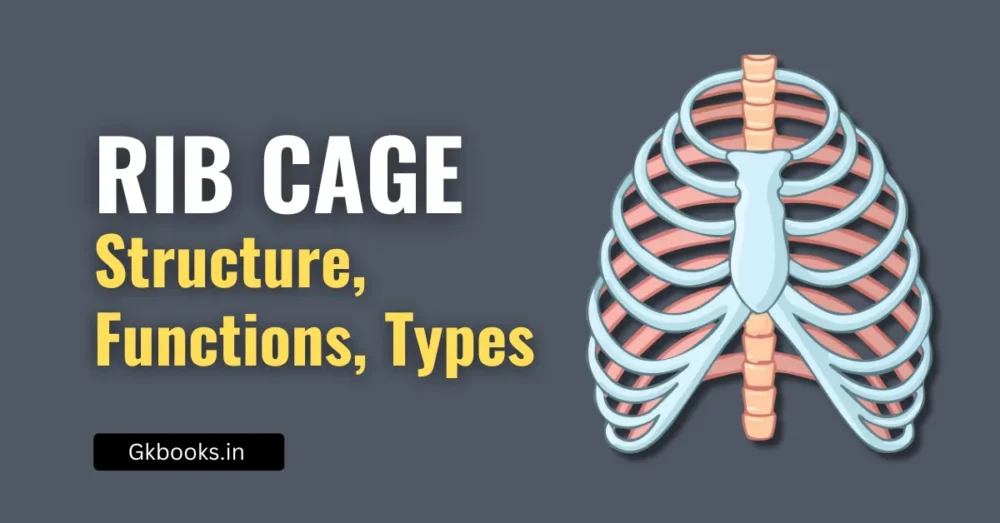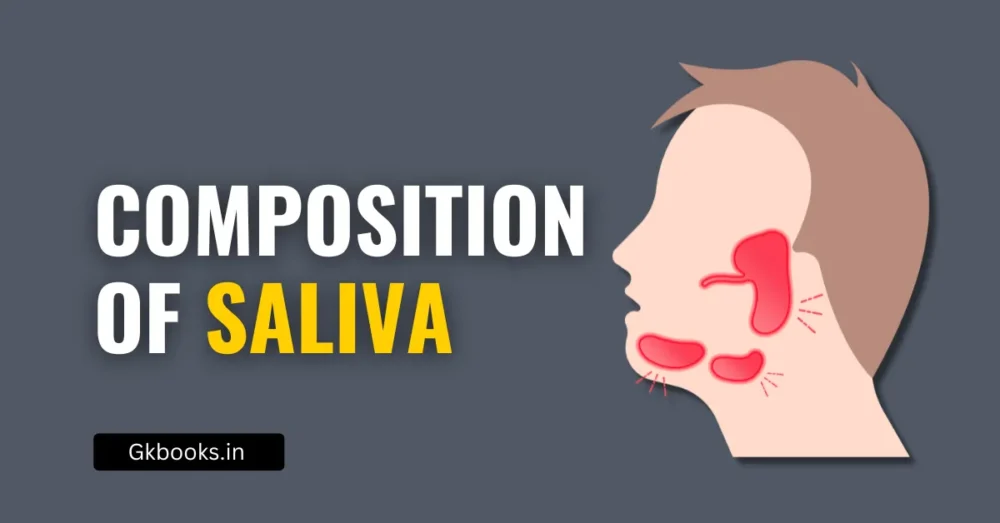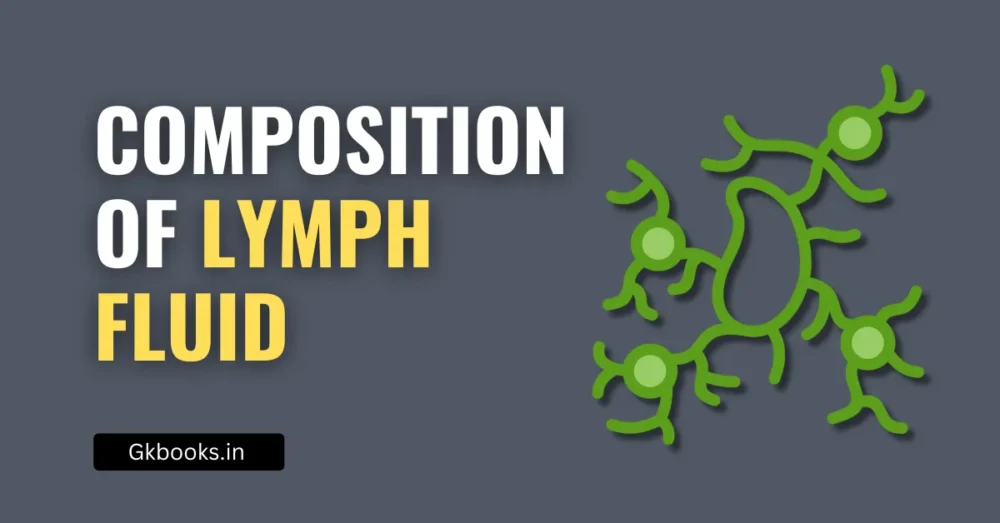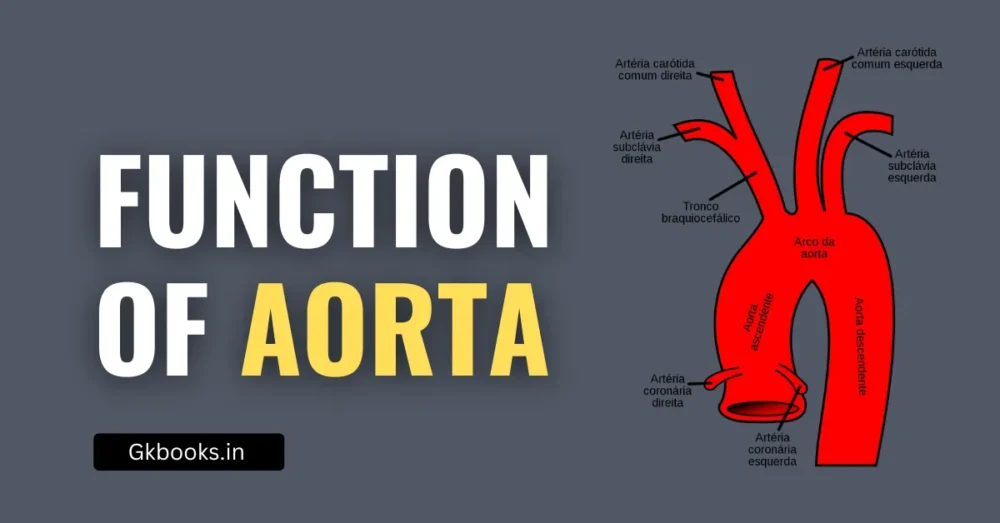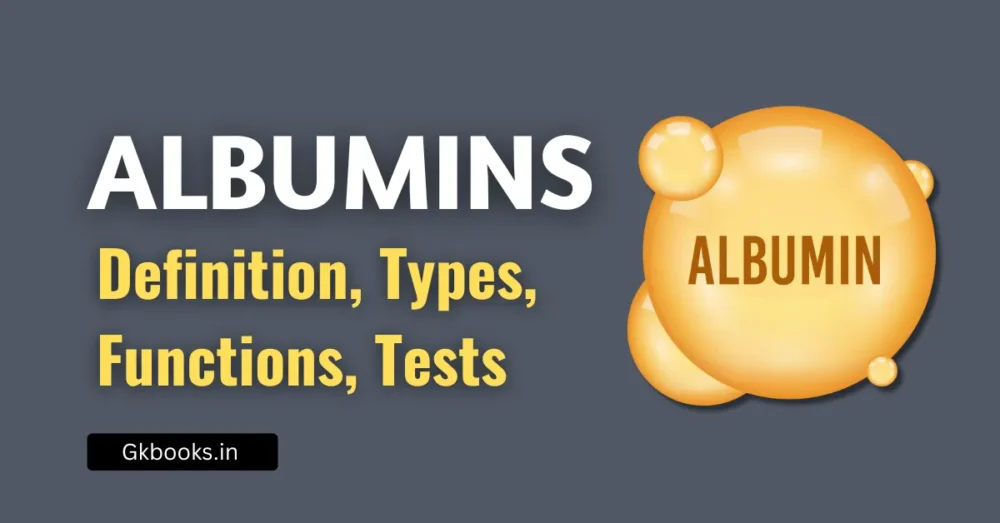In chemistry, solutions are homogeneous mixtures composed of two or more substances. A fundamental classification is based on the physical states (solid, liquid, or gas) of the solute and solvent.
Understanding the types of solutions based on states of solute and solvent is crucial for competitive exams like SSC, RRB, UPSC, CDS, and various State PSCs. Questions often test your grasp of definitions, examples, and the ability to differentiate among types—making this a high-yield topic for quick scoring.
What is a Solution?
A solution is a homogeneous mixture of two or more substances. It consists of:
- Solute – the substance that is dissolved.
- Solvent – the substance in which the solute dissolves.
Example:
In salt water,
- Salt is the solute
- Water is the solvent
The physical state of a solution depends on the states of the solute and solvent.
Types of Solutions Based on States of Solute & Solvent
| Solute State | Solvent State | Type of Solution | Example |
|---|---|---|---|
| Gas | Gas | Gaseous Solution | Air (O₂ + N₂) |
| Gas | Liquid | Gas in Liquid | Carbonated drinks (CO₂ in water) |
| Gas | Solid | Gas in Solid | Hydrogen in palladium |
| Liquid | Gas | Liquid in Gas | Water vapor in air |
| Liquid | Liquid | Liquid Solution | Alcohol in water |
| Liquid | Solid | Liquid in Solid | Amalgam (Hg in Zn) |
| Solid | Gas | Solid in Gas | Smoke |
| Solid | Liquid | Solid in Liquid | Salt in water |
| Solid | Solid | Solid Solution | Alloys (Brass: Cu + Zn) |
Explanation with Simple Examples
1. Gaseous Solutions
- Gas in Gas: Air (mainly nitrogen with oxygen, CO₂, etc.)
- Gas in Liquid: CO₂ dissolved in soft drinks.
- Gas in Solid: Hydrogen stored in metal matrices like palladium.
2. Liquid Solutions
- Liquid in Gas: Mist or water vapor in the air.
- Liquid in Liquid: Alcohol in water (commonly used antiseptics).
- Liquid in Solid: Amalgams used in dental fillings.
3. Solid Solutions
- Solid in Gas: Dust or pollen in air.
- Solid in Liquid: Sugar/salt in water.
- Solid in Solid: Alloys like bronze and brass.
Key Characteristics
- Homogeneous: Uniform composition throughout.
- Stable: Particles don’t settle over time.
- Single Phase: Solutions appear as one phase regardless of components.
Exam-Oriented Tips
- Soda water is the most asked example → Gas in Liquid
- Air is a mixture → Gas in Gas
- Alloys like brass and steel → Solid in Solid
- Questions may ask:
- What kind of solution is fog? → Liquid in Gas
- Which type of solution is formed when alcohol is mixed with water? → Liquid in Liquid
- A solution is always homogeneous, while mixtures can be heterogeneous.
- Air is a gaseous solution (N₂ = solvent, O₂ = solute).
- Brass is a solid solution (Cu = solvent, Zn = solute).
- Soft drinks contain gas in a liquid solution (CO₂ in water).
- Amalgam is a liquid in solid solution used in dentistry.
✅ Revise the table frequently for better retention.
Key Points to Remember
- A solution is always homogeneous – the solute is evenly distributed.
- Solute + Solvent = Solution
- The physical state of the solution depends on the solvent.
- Common examples like salt water, soda, air, and alloys help you understand solutions better.
Real-Life Examples to Relate
- Your soft drink? That’s a gas in liquid.
- Your mother’s jewelry (like gold mixed with copper)? A solid in solid solution.
- The air you breathe? A perfect gas in gas mixture.
Previous Year Questions (PYQs)
- SSC CGL 2020
Question: Air is an example of which type of solution?
Answer: Gas in gas. - RRB NTPC 2019
Question: Which of the following is a solid solution?
a) Sugar in water
b) Salt in water
c) Brass
d) Soda water
Answer: c) Brass - UPSC Prelims 2016
Question: Which one of the following mixtures is a solution?
a) Milk
b) Smoke
c) Salt in water
d) Soil
Answer: c) Salt in water
Conclusion
Mastering the types of solutions based on the states of solute and solvent helps in both theoretical clarity and scoring well in competitive exams. These basics are not just exam-relevant but also form the foundation for higher-level topics in chemistry. Make sure to revise the classification and examples frequently to retain the information better.
✅ Tip for Aspirants: Practice previous year questions and revise examples daily. Creating your own flashcards or short notes can be highly effective.




